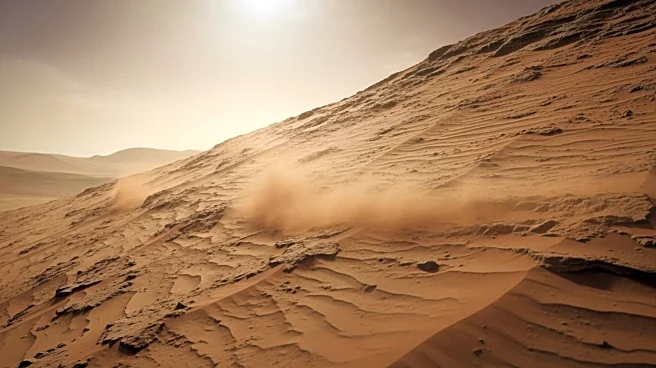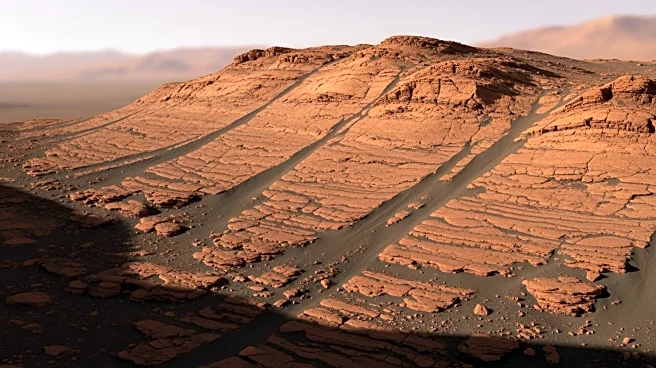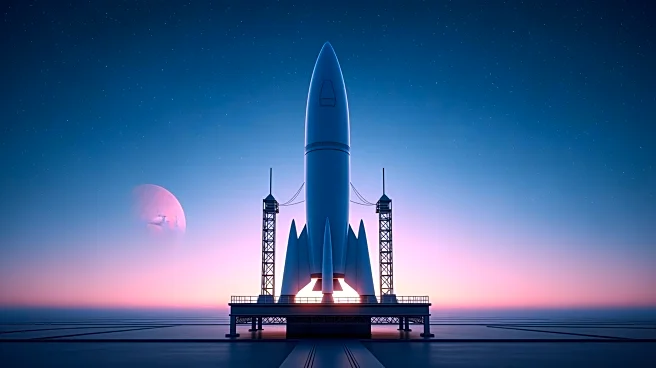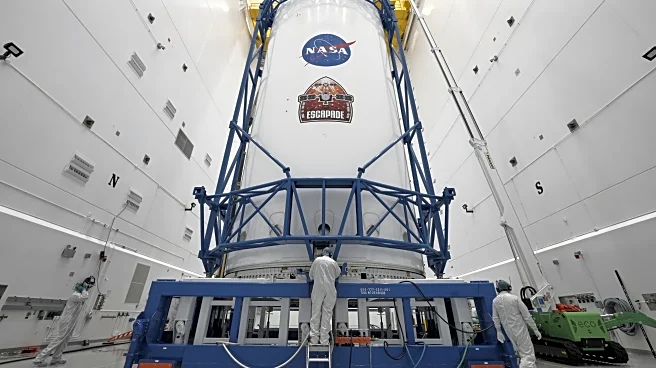What's Happening?
NASA is set to release HiRISE images of the interstellar object 3I/ATLAS, which were delayed due to a government shutdown. The images, captured by the Mars Reconnaissance Orbiter, will provide a side-view
of the object's anti-tail, offering a spatial resolution three times better than the Hubble Space Telescope. The Hubble had previously captured an anomalous anti-tail extending towards the Sun, contrary to typical cometary tails. The release of these images is anticipated to enhance understanding of 3I/ATLAS's structure and behavior.
Why It's Important?
The release of HiRISE images is crucial for advancing scientific knowledge about interstellar objects like 3I/ATLAS. Understanding the geometry and composition of such objects can provide insights into the formation and evolution of the solar system. The data is time-sensitive, as it informs future observations and research. The delay due to bureaucratic reasons highlights the need for prioritizing scientific data sharing, which can impact ongoing and future space missions.
What's Next?
Following the release of the HiRISE images, scientists will analyze the data to refine their understanding of 3I/ATLAS. This could lead to further observations and studies, potentially influencing future space exploration strategies. The scientific community is also monitoring a larger comet, C/2014 UN271, which is approaching the Sun and could offer additional research opportunities.
Beyond the Headlines
The delay in releasing the HiRISE images due to bureaucratic hurdles underscores the challenges faced by scientific missions during government shutdowns. It raises questions about the prioritization of scientific data and the impact of administrative processes on research timelines.












